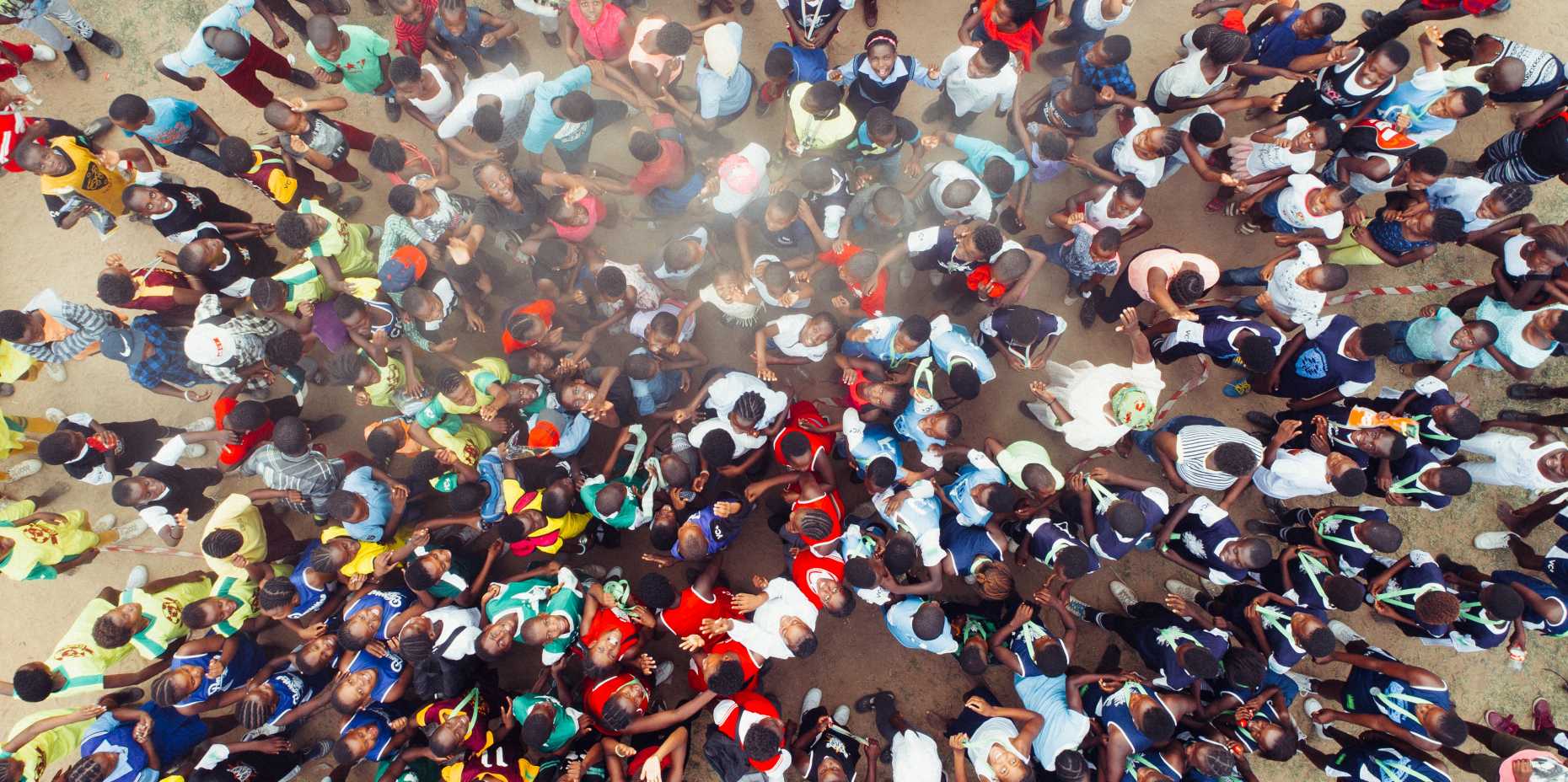Political Turbulence: How Social Media Shape Collective Action
Professor Helen Margetts, Director of the Oxford Internet Institute at the University of Oxford visited the ISTP November 1st and spoke about her research on social media and collective action.
By MSc STP student Ioannis Fousekis

People’s lives are intertwined with the internet, digital technologies, platforms, applications, social media. Social Media are internet based platforms that allow users to generate content: not only essays but also likes, views, shares, etc. Collective action, in the form of participation or mobilization, is the activity undertaken by citizens with aim to contributing to public/social goods.
While in the past supporting any kind of social or political cause was related to high transaction costs, nowadays Social Media allow tiny acts of participation in terms of time and effort. As a result, the ‘ladder’ of participation is expanding and new people are drawn into a political activity (e.g. by signing an e-petition). Ultimately, these tiny acts of participation may scale up to huge mobilizations (e.g. occupation of Tahrir Square during the Egyptian revolution of 2011) or achieve a policy change.
In essence, most online mobilizations fail and those that do succeed are unstable and difficult to predict, sustain or replicate. Traditional participation predictors (e.g. demographics) cannot explain the success (or failure) of a mobilization. Although more unexplained factors contribute to the success or failure of a mobilization, social information and visibility are two key characteristics of the way that social media influence individual behavior. Social information describes the real-time information about participation (e.g. number of people signed a petition, number of followers, trending info, etc.) and visibility is the action being visible to outside world (e.g. Icebucket challenge).
Evidently, the amount of time required for the development of successful mobilization is a matter of hours, but collective attention decays very quickly. Surprisingly, the chain of reaction driving mobilization can be triggered without the traditional organizations or charismatic leaders that used to call for action.
Challenges are posed to the current political institutions to be able to cope and survive with this political turbulence, while incapacity to regulate the constantly changing social media algorithms shaping individual behavior, amplifies policymaking difficulties. Alternatively, collection and usage of generated data can assist policymakers' identification of how people experience a certain policy and drive their decisions for more responsive and resilient policies.
